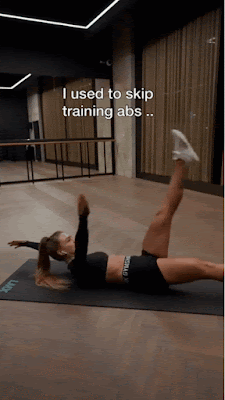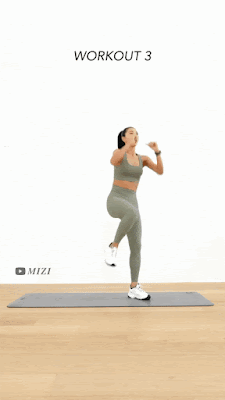Unveiling the Best Exercises for Burning Belly Fat: A Comprehensive Guide
Belly fat, also known as visceral fat, not only affects our appearance but also poses serious health risks. Fortunately, certain exercises have been shown to effectively target belly fat and promote weight loss. In this comprehensive guide, we'll explore the most effective exercises for burning belly fat, backed by scientific evidence and expert insights.
Understanding Belly Fat:
Before discussing the exercises, it's crucial to understand the nature of belly fat. Visceral fat, which accumulates around the abdominal organs, is metabolically active and linked to various health problems, including heart disease, type 2 diabetes, and metabolic syndrome. Unlike subcutaneous fat (fat stored just beneath the skin), visceral fat responds well to exercise interventions.
Best Exercises for Burning Belly Fat:
1. High-Intensity Interval Training (HIIT): HIIT involves alternating between short bursts of intense exercise and brief rest periods. Research suggests that HIIT can effectively reduce belly fat and improve overall body composition. Examples of HIIT exercises include sprinting, cycling, jumping jacks, and burpees.
2. Cardiovascular Exercise: Aerobic exercises such as running, brisk walking, cycling, swimming, and rowing can help burn calories and reduce belly fat. Aim for at least 150 minutes of moderate-intensity aerobic exercise or 75 minutes of vigorous-intensity aerobic exercise per week, as recommended by health guidelines.
3. Strength Training: Resistance training, including weightlifting and bodyweight exercises, can increase muscle mass and metabolic rate, leading to enhanced fat burning, including belly fat. Compound exercises like squats, deadlifts, lunges, and push-ups engage multiple muscle groups and promote calorie expenditure.
4. Core-Strengthening Exercises: While spot reduction of belly fat is not possible, strengthening the core muscles can improve posture, stability, and overall abdominal appearance. Effective core exercises include planks, Russian twists, bicycle crunches, and leg raises.
5. High-Intensity Circuit Training (HICT): Similar to HIIT, HICT involves performing a series of resistance and cardiovascular exercises in quick succession with minimal rest between sets. This approach can elevate heart rate, boost metabolism, and maximize calorie burn, contributing to belly fat loss.
6. Pilates: Pilates focuses on strengthening the core, improving flexibility, and enhancing overall body awareness. By targeting deep abdominal muscles, Pilates exercises like the Hundred, Roll-Up, and Side Plank can help sculpt and tone the midsection.
7. Yoga: While not as intense as HIIT or cardio, yoga offers numerous benefits for reducing stress, improving flexibility, and toning muscles, including those in the abdominal area. Poses such as Boat Pose, Plank Pose, and Warrior III engage the core and promote abdominal strength.
Burning belly fat requires a combination of targeted exercises, cardiovascular activity, resistance training, and a healthy diet. Incorporating a variety of exercises into your fitness routine, along with lifestyle modifications, can help you achieve significant reductions in belly fat and improve overall health and well-being. It's essential to consult with a healthcare professional or fitness expert before starting any new exercise program, especially if you have underlying health conditions or concerns.






.gif)







.gif)


.gif)


.gif)
.gif)




.gif)





